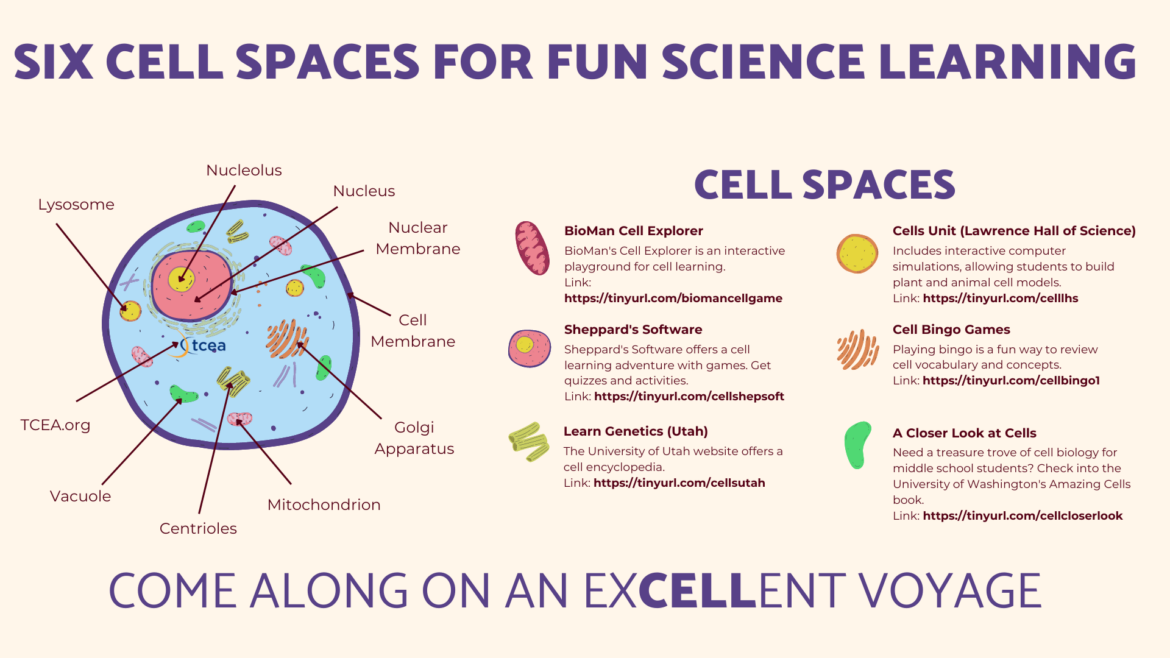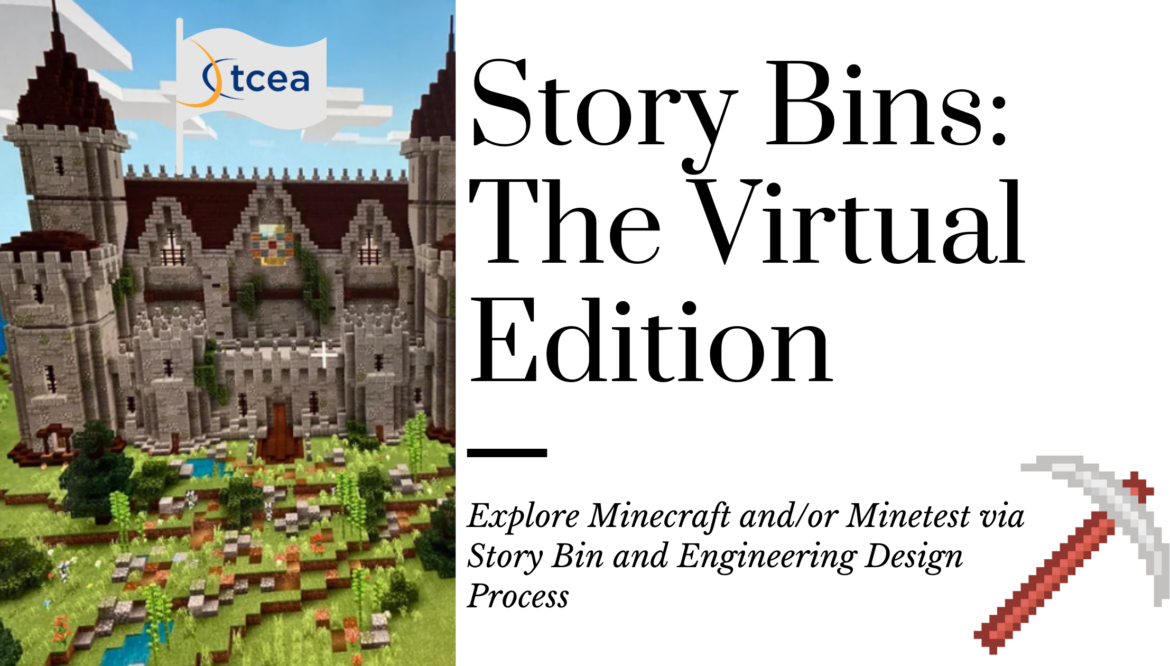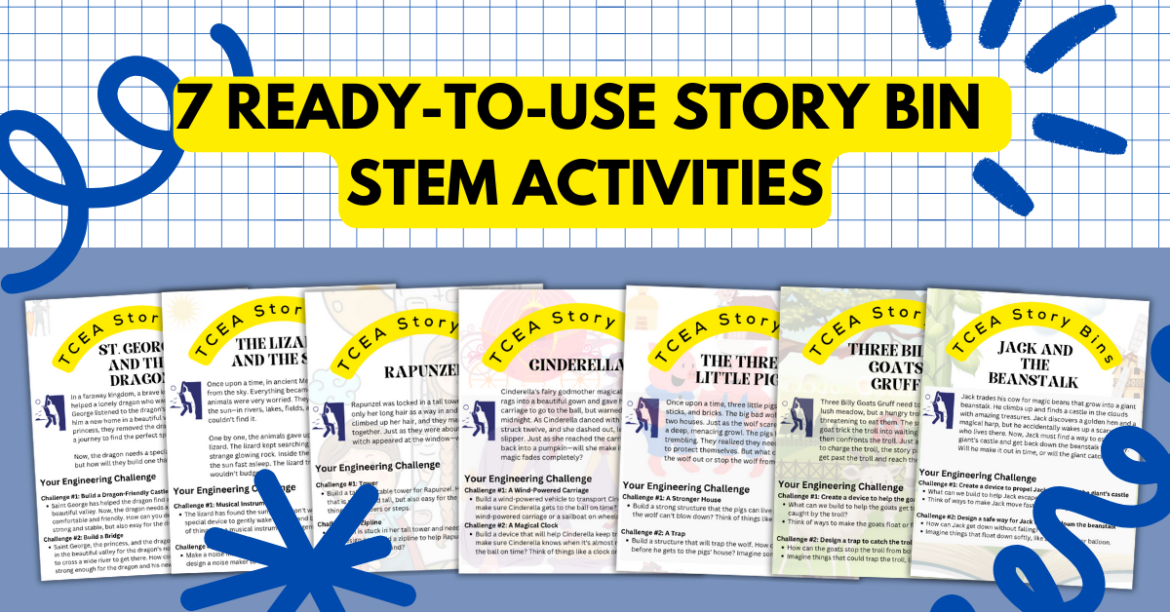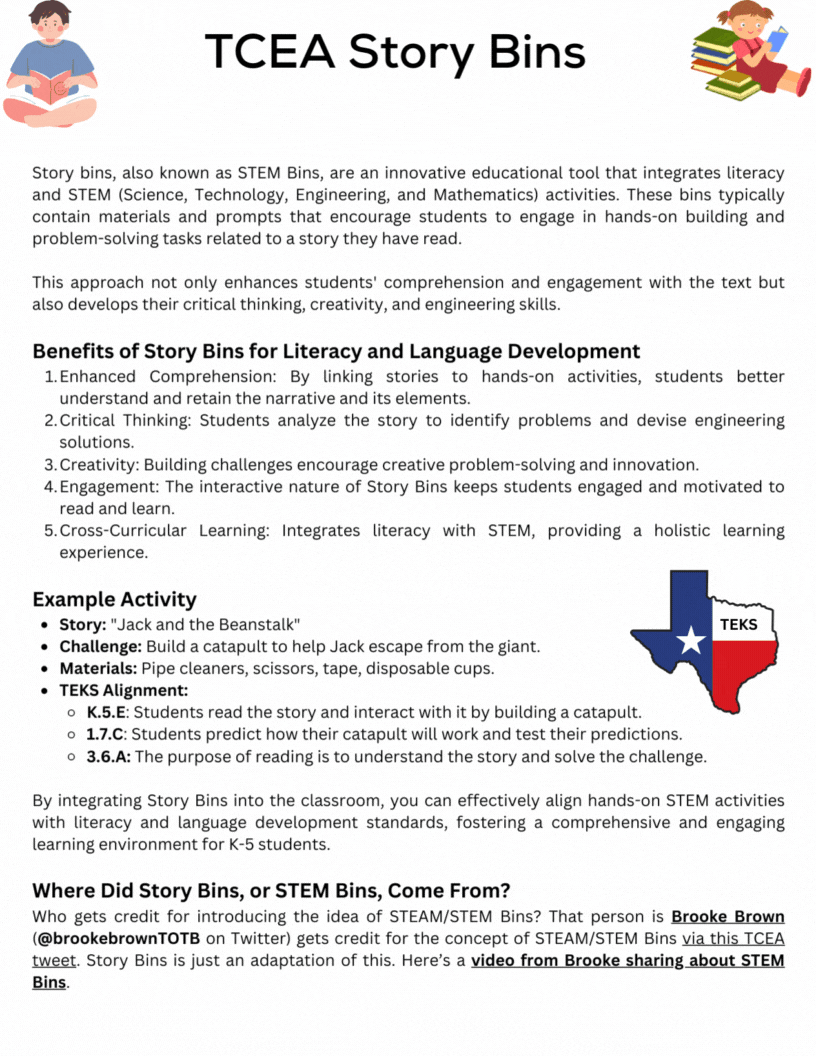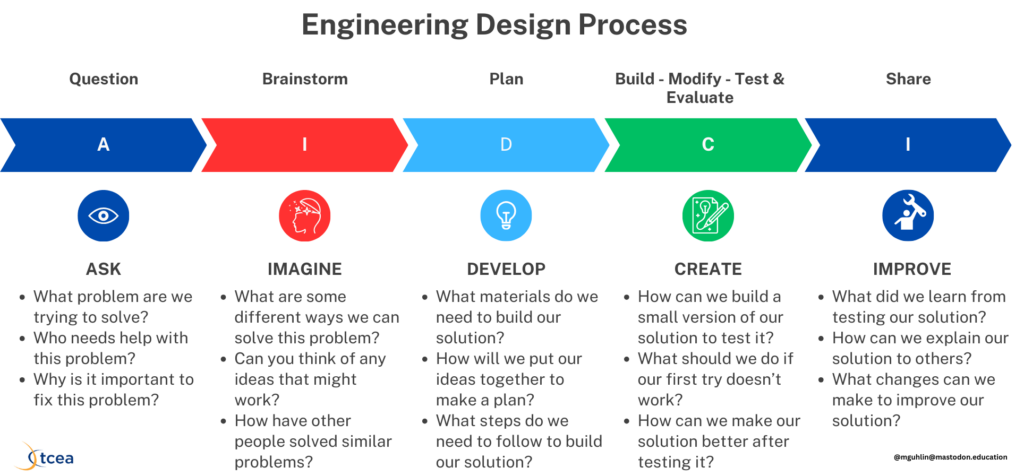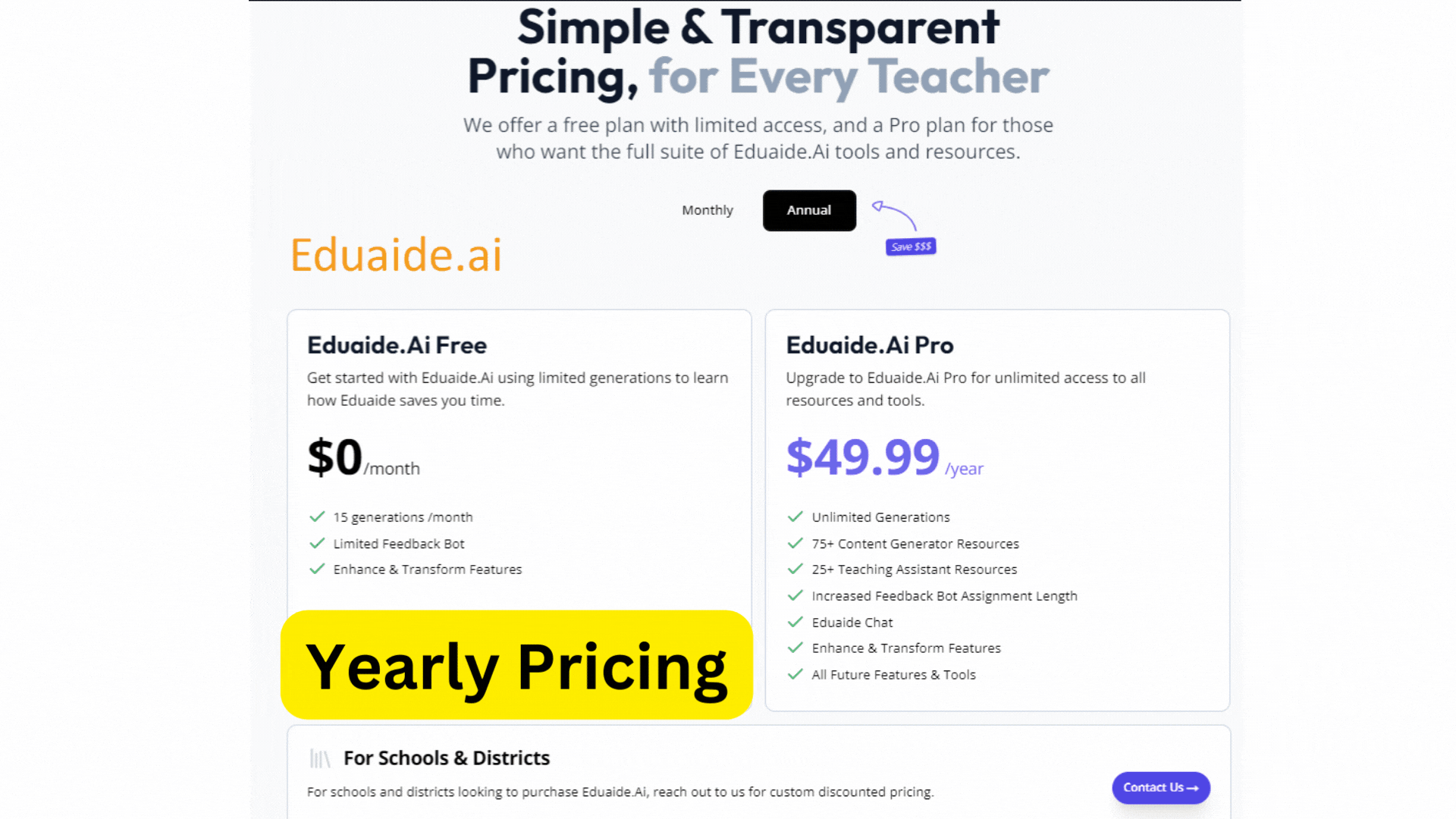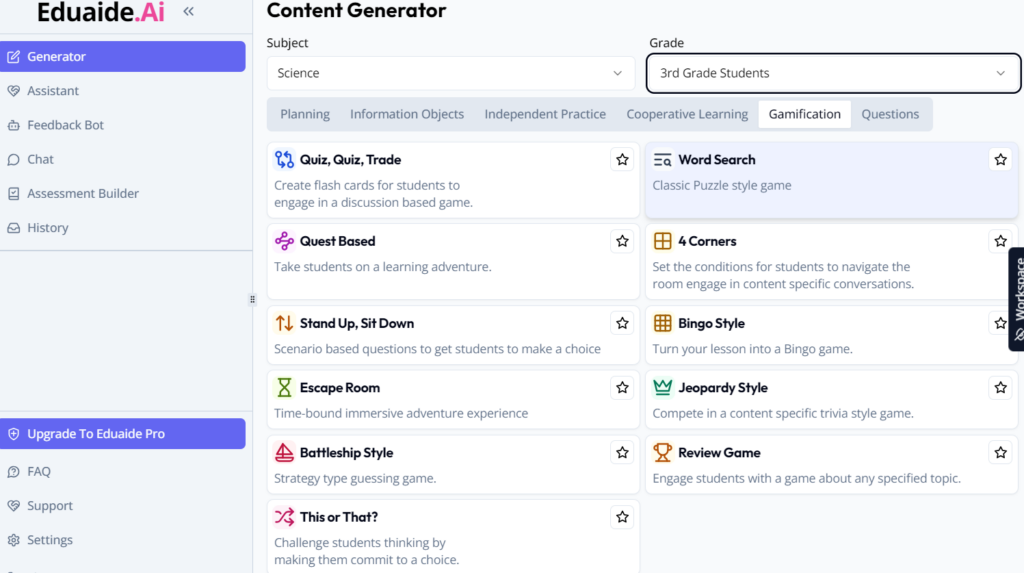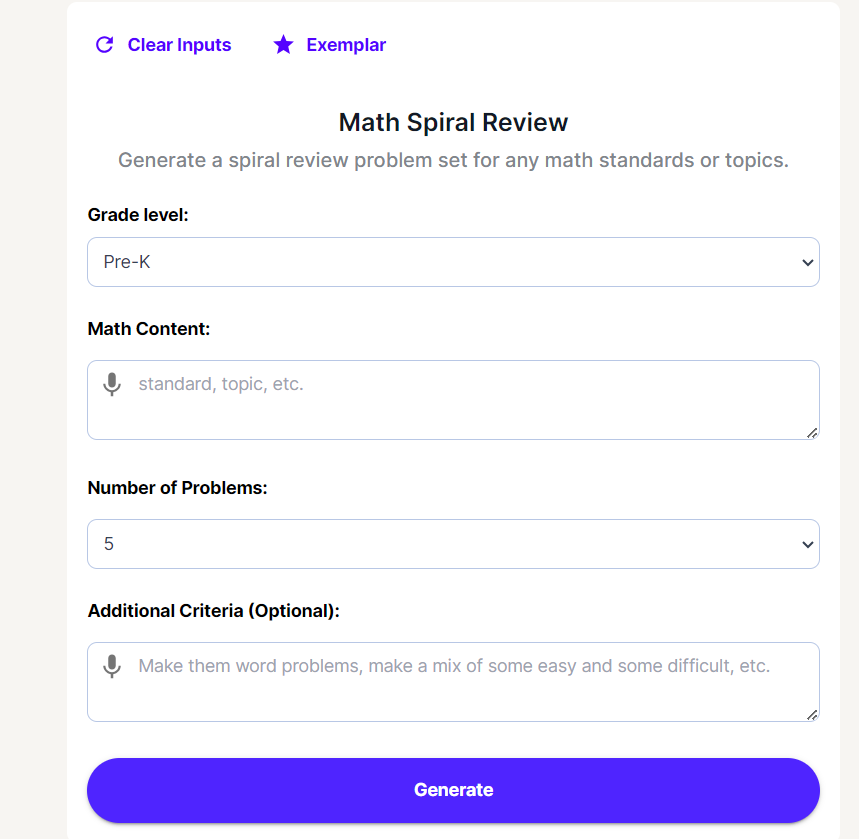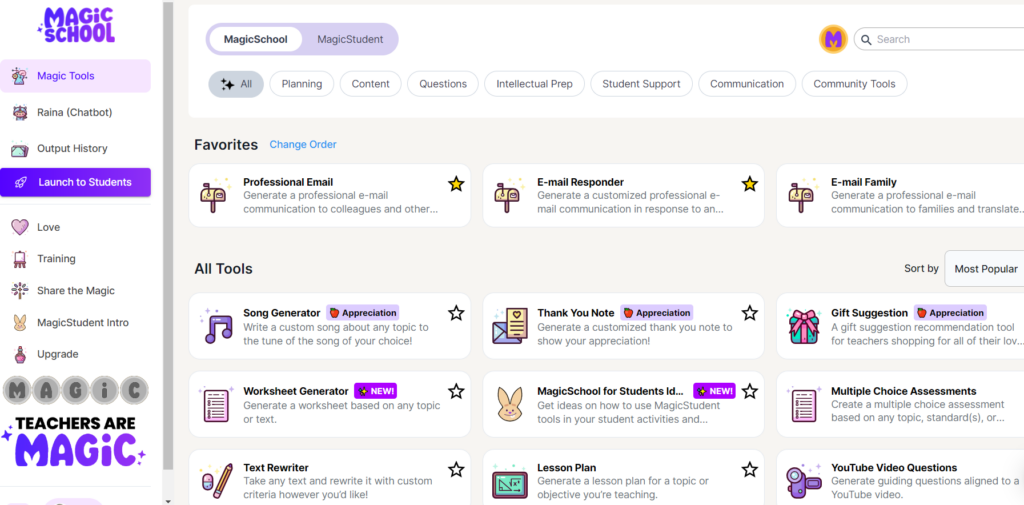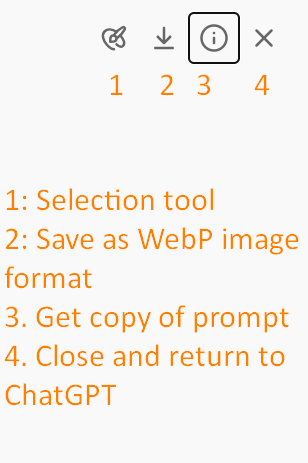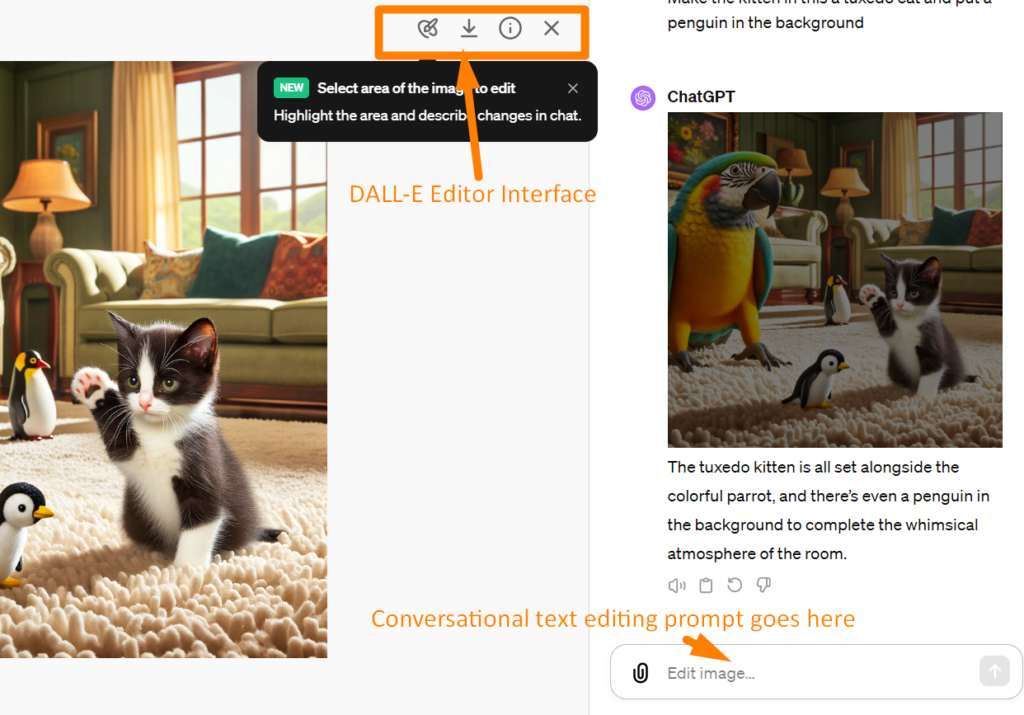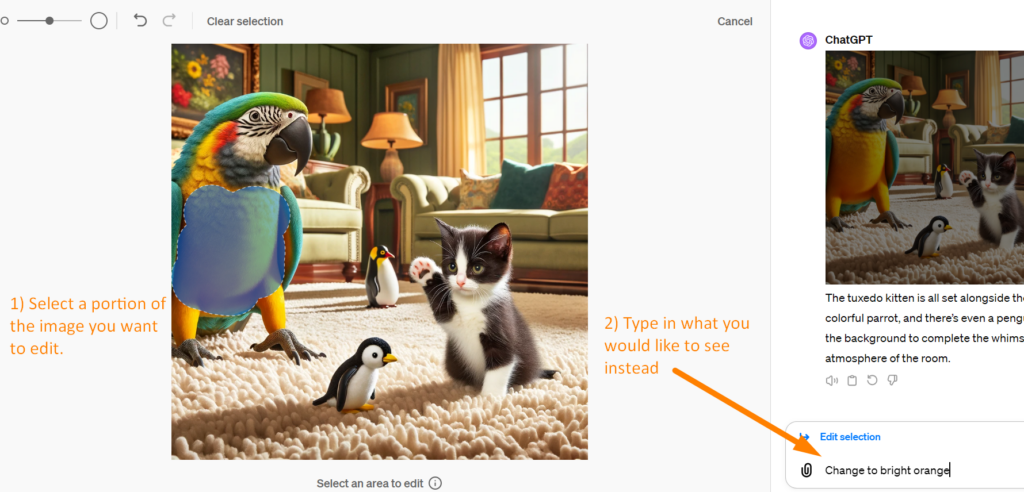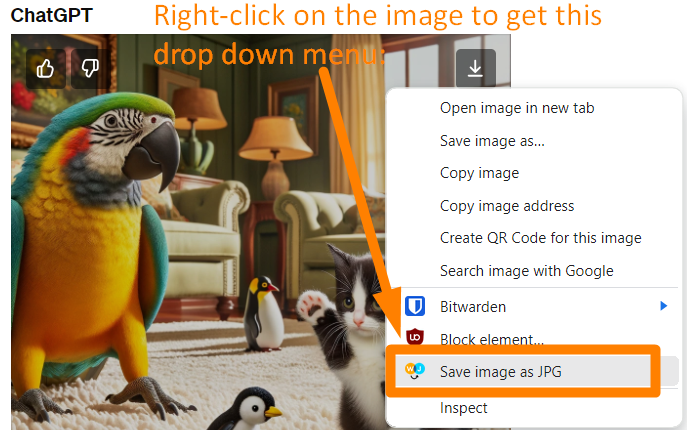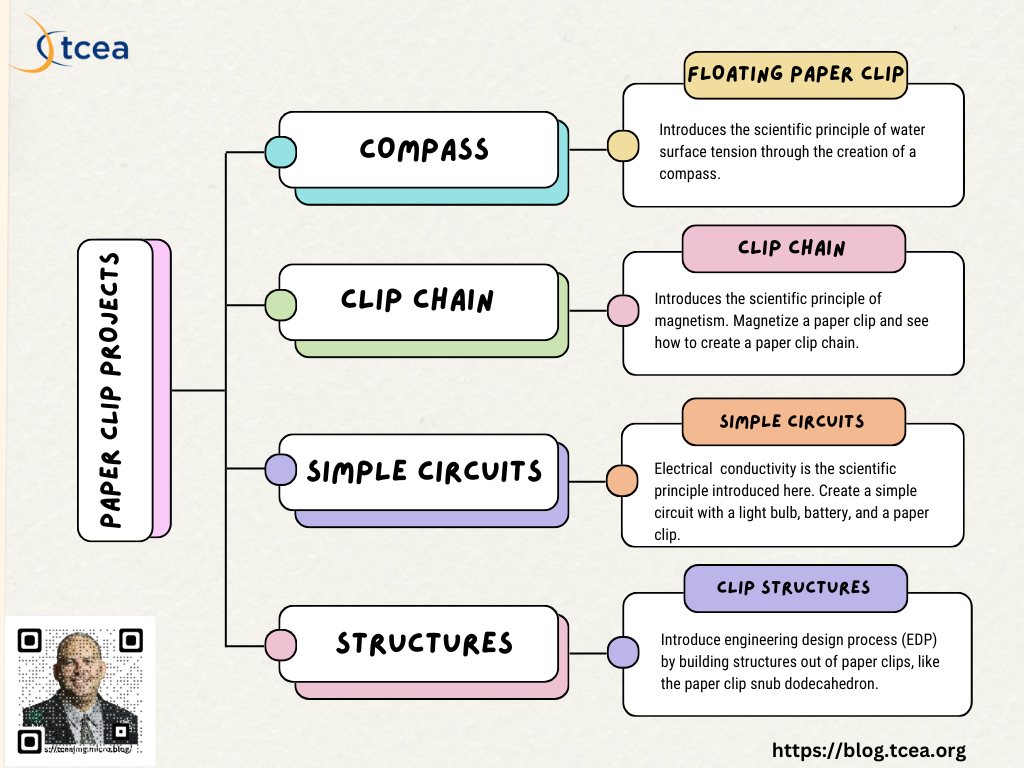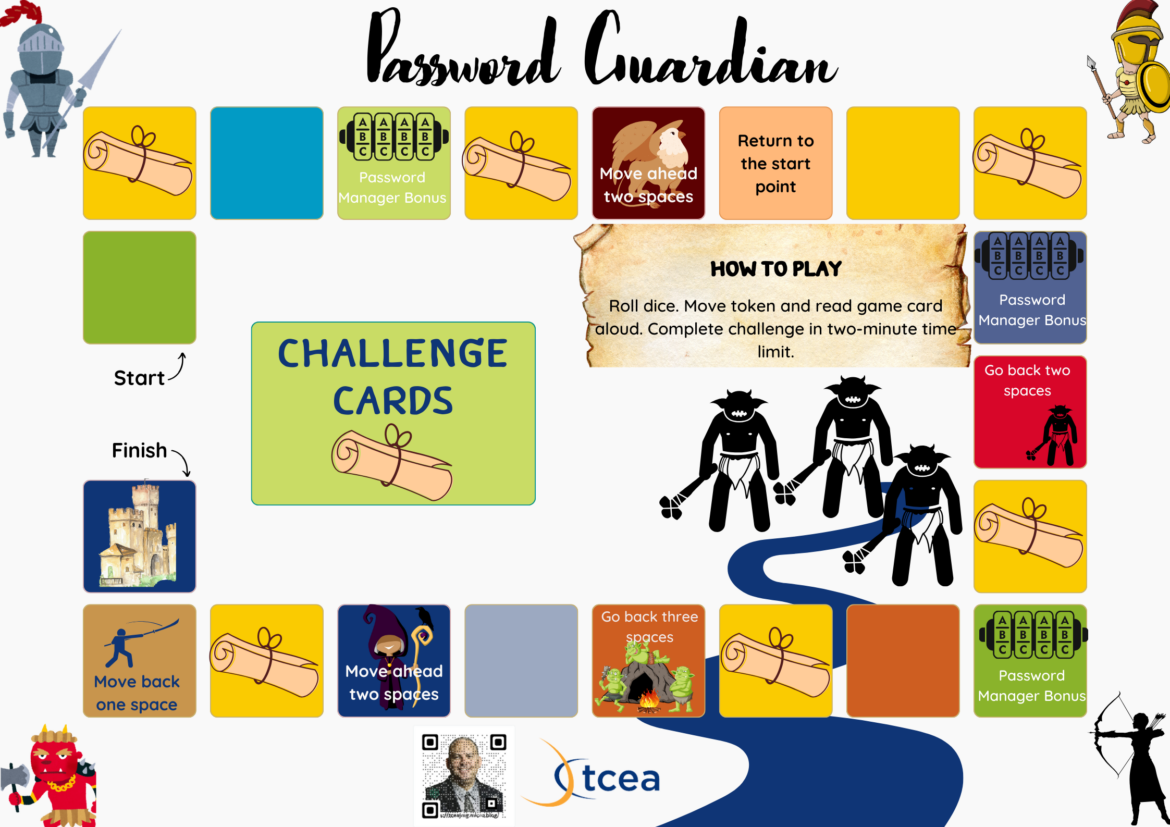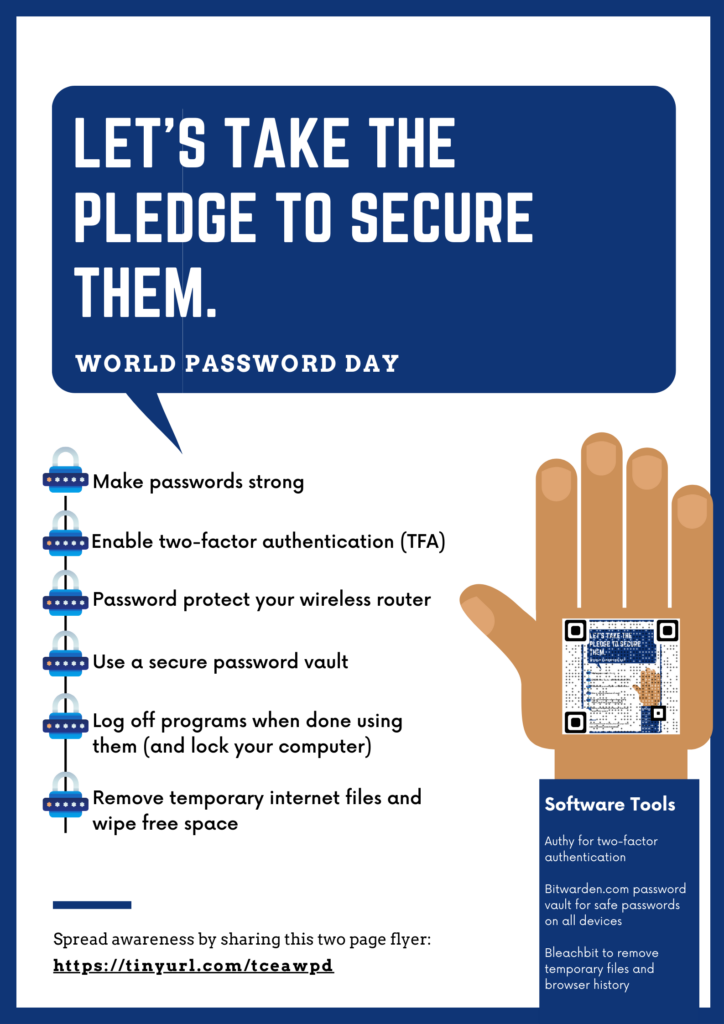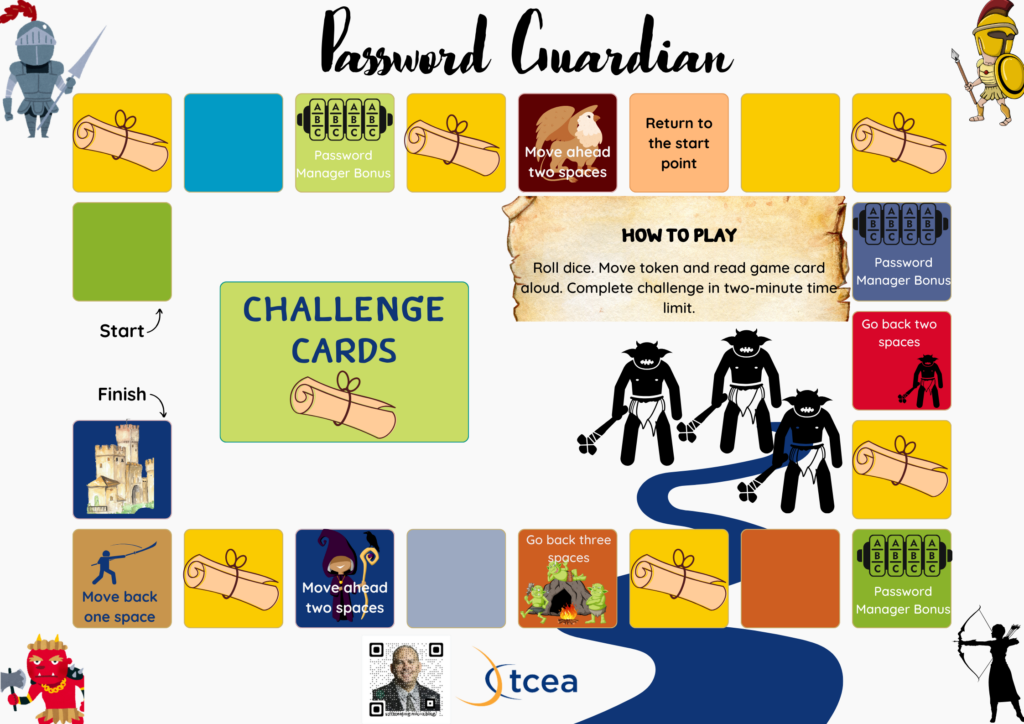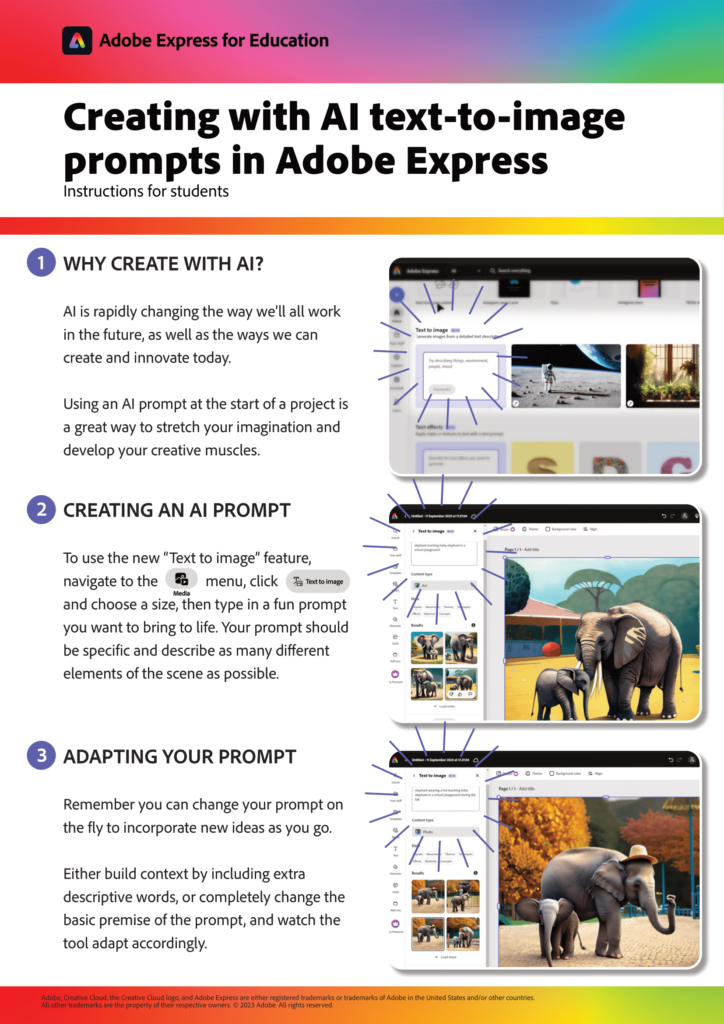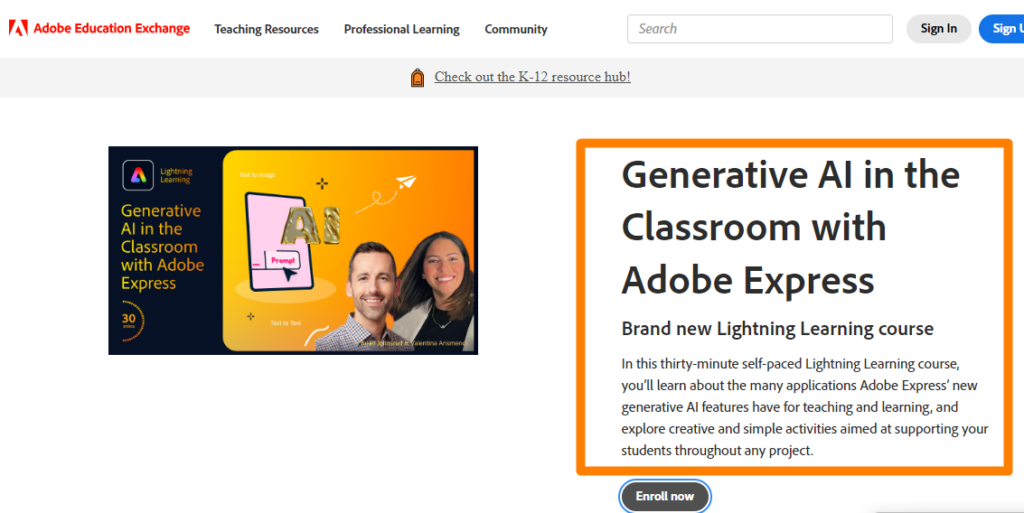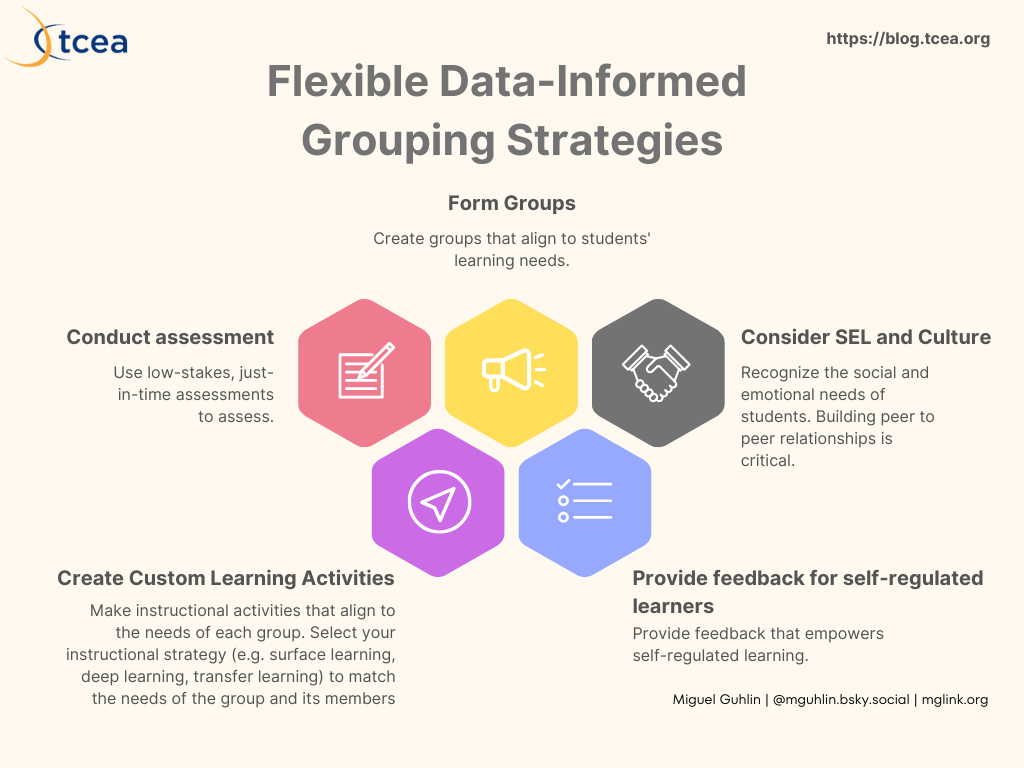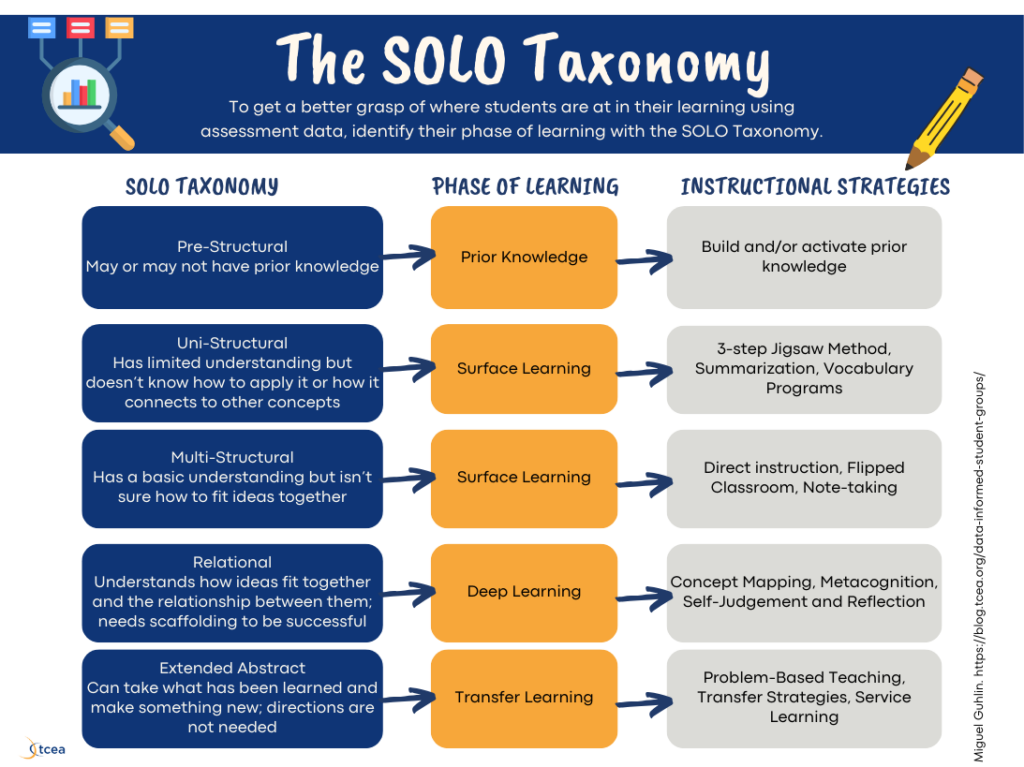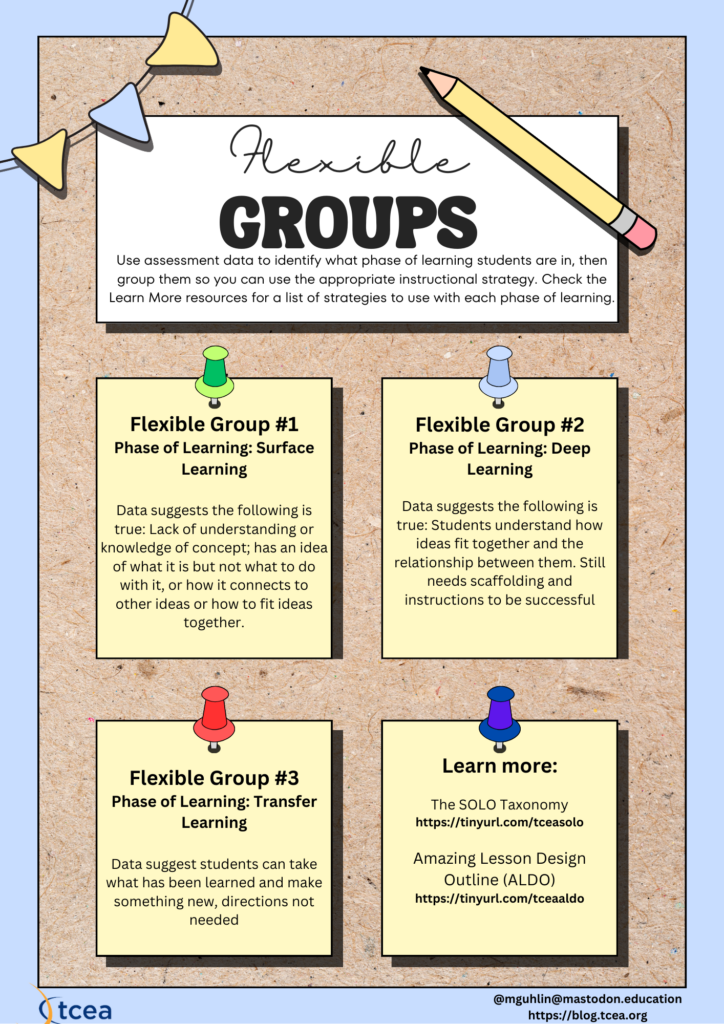Ready to explore cells? This blog shows great websites that make science learning fun and simple and are perfect for classroom or home. And they’re all free to use!
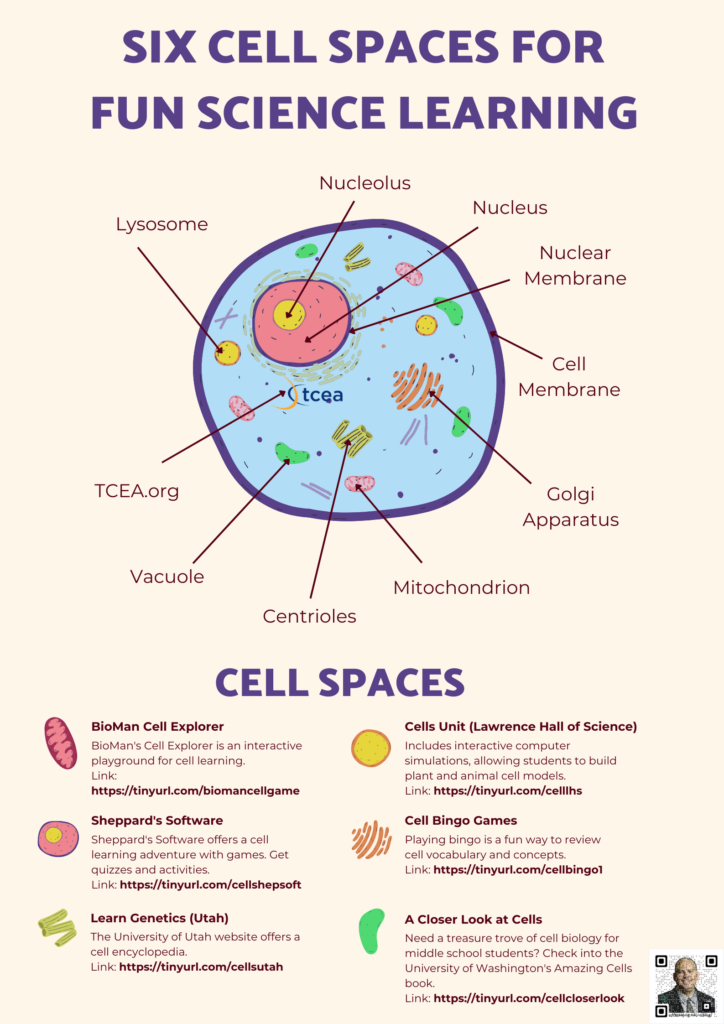
What About Hands-On Learning?
You already know these websites below will provide students with engaging, interactive activities. But don’t forget how much fun (and messy) creating their own 3D models can be.
Have students build 3D models of plant and animals cells using materials like clay, candy, jello, etc. to represent different organelles. Of course, you can also use virtual world building apps like Minetest (free) or Microsoft’s Minecraft (paid).
Did You Know?
TCEA offers an entire course on game-based learning in 3D virtual space. Sign up now for the TCEA Virtual World Builder. The software is free and you can find a wealth of resources to help.
BioMan Cell Explorer
BioMan’s Explorer is an interactive playground for learning. It features engaging games and virtual labs that focus on plant and animal cell structure and function. Students can pilot a mini ship through the microscopic world, learning about organelles like the nucleus as they go.
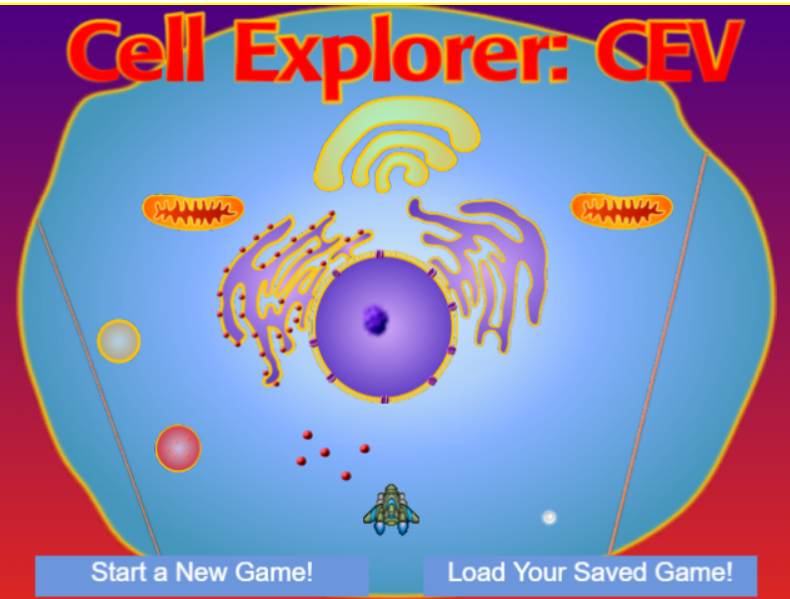
Other organelles include mitochondria, ribosomes, ER, and Golgi apparatus. Students can defend their cell by building a functional plasma membrane. It’s a fun way to learn biological composition and function.
Sheppard’s Software
Sheppard’s Software offers a cellular learning adventure with games. You also get quizzes and activities. Students can easily interact with content.
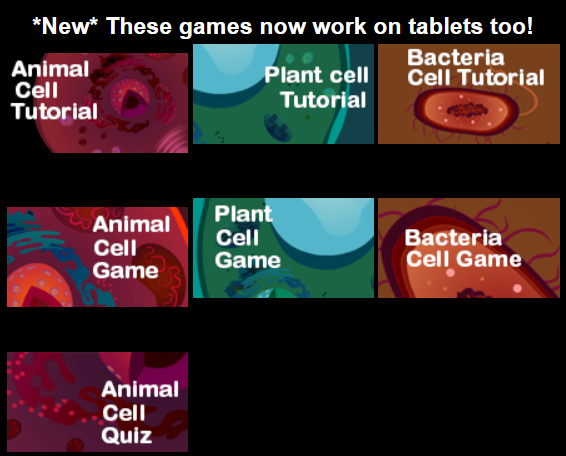
Students will learn about the parts of bacterial, animal, and plant cells. Colorful animations and games make the activity educational, as well as fun.
Learn Genetics (Utah)
The University of Utah website offers a cell encyclopedia that features the following:
- In-depth articles
- Animations
- Interactive activities
These center around structure, function, and division. Students can also explore topics like the size and scale of cells, organelles, and the cell cycle, along with their inner workings.
Cells Unit (Lawrence Hall of Science)
Lawrence Hall of Science’s Cells Unit seeks to convert students into scientists. It includes interactive computer simulations that allow students to build plant and animal models. The goal is to assist them in getting a better understanding of structures and functions. You can also find detailed lesson plans.
Bingo Games
Playing bingo is a fun way to review vocabulary and concepts. Ellen J. McHenry’s Cell Bingo is one option. There are also a variety of other printable and virtual science bingo games. Find a free list via Teachers Pay Teachers.
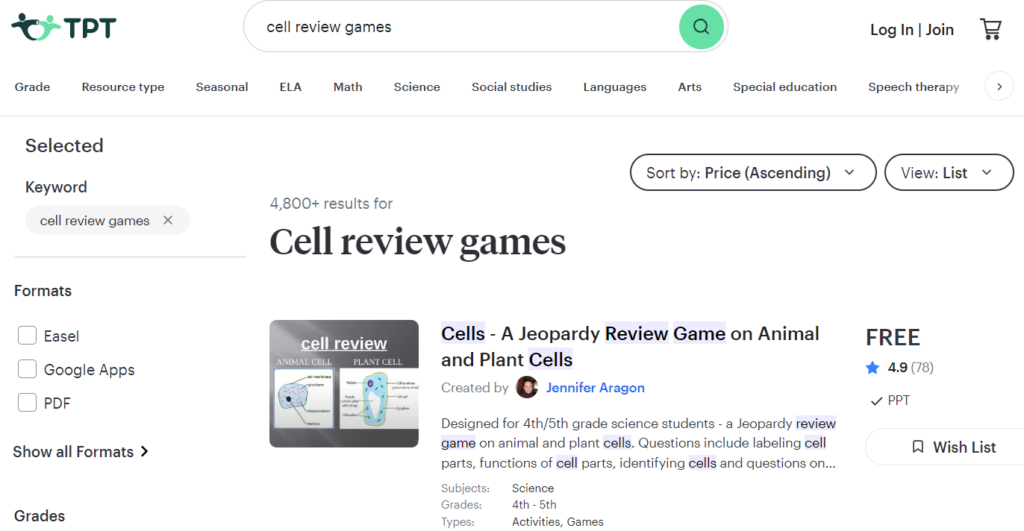
A Closer Look
Need a treasure trove of cell biology for middle school students? Check into the University of Washington’s Amazing Cells book. Not only does it offer hands-on activities, but also has fun games and hands-on activities and a virtual journey through an animal cell. This interactive space makes it easy to explore cellular science and deepen student knowledge.
Departing Cell Space
Learning about cellular biology has never been more fun. Use these resources to enliven your classroom space. You “cellularly” won’t regret it!

